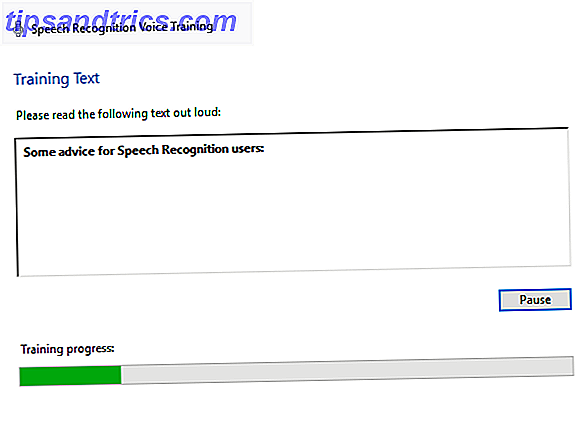

- #Speech to text windows windows 10
- #Speech to text windows portable
- #Speech to text windows code
- #Speech to text windows plus
Id: TTS_MS_EN-US_ZIRA_11.0 | Name: Microsoft Zira Desktop |Īge: Adult | Gender: Female | Culture: en-US
#Speech to text windows windows 10
On my machine with Windows 10 Home the resulting output from Figure 2 is: Id: TTS_MS_EN-US_DAVID_11.0 | Name: Microsoft David Desktop |Īge: Adult | Gender: Male | Culture: en-US
#Speech to text windows code
But what voices are available? Let’s find out, using the code in Figure 2.įoreach (var voice in synthesizer.GetInstalledVoices())Ĭonsole.WriteLine($"Id: ") This feature is important here, because you’ll use it to generate output in different languages. You can also adjust the volume and the rate of speech, pause and resume it, and receive events. Second, you have both synchronous (as in the previous example) and asynchronous output. It can be an audio file or a stream or even null. What’s interesting here?įirst, you can set different output targets. If you missed it, use “Control-Space” or the “dot” keyboard shortcut (or look at bit.ly/2PCWpat). When you were typing this code, IntelliSense opened a window with all the public methods and properties of the SpeechSynthesizer class. Just a few lines of code and you’ve replicated the famous Hawking phrase. Synthesizer.Speak("All we need to do is to make sure we keep talking") Synthesizer.SetOutputToDefaultAudioDevice() Var synthesizer = new SpeechSynthesizer() Add a reference to System.Speech and implement the method in Figure 1.įigure 1 Method using Start Visual Studio and create a console application. Roll Your Own Speech Systemīefore prototyping the in-flight announcement system, let’s explore the API with a simple program. And while I’ll be walking through the construction of a desktop application, the principles here apply directly to cloud-based solutions. I’ll also look under the hood to understand the basics of the “unit selection” approach to TTS. NET TTS API to build a prototype of an airliner PA system. While you need both for effective human-computer interaction, this exploration is focused specifically on speech synthesis. TTS APIs are often provided along with their “opposite”-speech recognition. For an idea of what such devices were capable of 25 years ago, listen to the track “Keep Talking” on the 1994 Pink Floyd album “The Division Bell,” where Stephen Hawking says his famous line: “All we need to do is to make sure we keep talking.”
#Speech to text windows portable
Portable synthesizers have likewise been developed for people with disabilities. Telecom companies invested in TTS to overcome the limitations of pre-recorded messages, and military researchers have experimented with voice prompts and alerts to simplify complex control interfaces. We rarely notice such systems, but they’re ubiquitous: public announcements, prompts in call centers, navigation devices, games, smart devices and other applications are all examples where pre-recorded prompts aren’t sufficient or using a digitized waveform is proscribed due to memory limitations (a text read by a TTS engine is much smaller to store than a digitized waveform).Ĭomputer-based speech synthesis is hardly new. But we need to create messages literally on the fly.įortunately, there’s a mature technology that can help: text-to-speech synthesis (TTS). It’s easy to pre-record safety instructions, catering options and so on, because they’re rarely updated. What if a passenger could choose the language for announcements and an onboard computer system allowed flight attendants to create and send dynamic (that is, not pre-recorded) voice messages? The key challenge here is the dynamic nature of the messages.

Many, if not all, long-distance planes have individual screens today (and local ones have at least different audio channels). Well, each seat is equipped with headphones.

#Speech to text windows plus
Considering the quality of the public announcement (PA) systems on the airliners, plus engine noise, crying babies and other disturbances, how can any information be effectively conveyed? Of course, flight attendants don’t typically speak a dozen languages, so they use English, which is not the native language of most passengers. “If your destination is Tallinn, look for gate 123,” “For flight XYZ to Saint Petersburg, proceed to gate 234,” and so on.

It’s no wonder, then, that when the plane begins its descent, there’s a barrage of announcements about connecting flights. The vast majority set off for connecting flights to destinations spanning all of Central and Eastern Europe. Every time the plane lands in Vantaa airport, I’m surprised at how few passengers head for the airport exit. Volume 34 Number 6 Text-To-Speech Synthesis in.


 0 kommentar(er)
0 kommentar(er)
